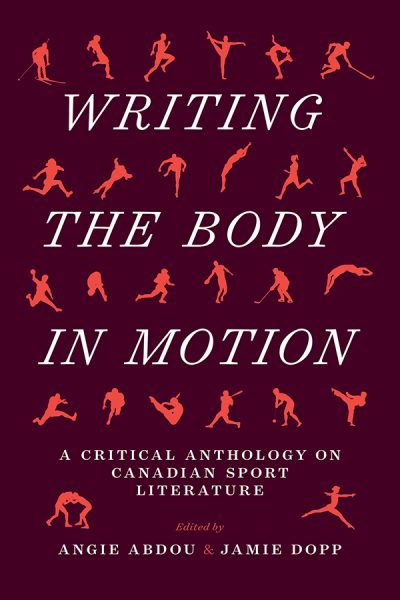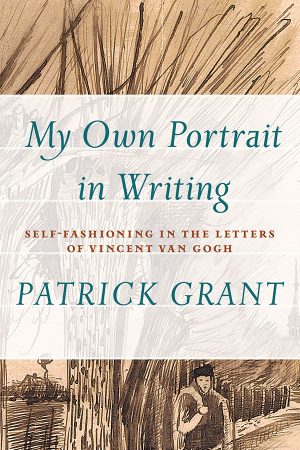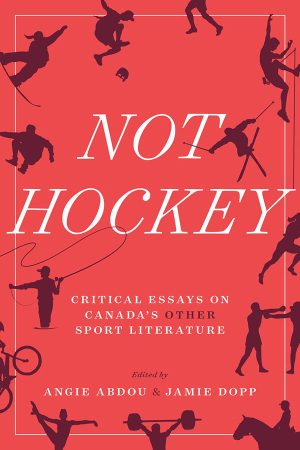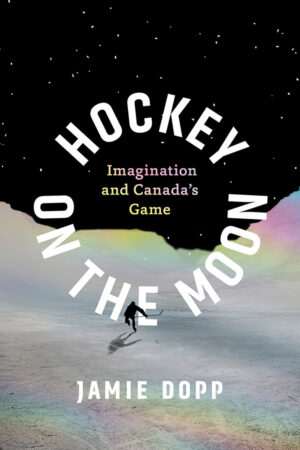Subjects: Literary Theory and Criticism, Sport
Imprint: AU Press
- 9781771992282 (paperback)
- 9781771992299 (pdf)
- 9781771992305 (epub)
Sport literature is never just about sport. The genre’s potential to explore the human condition, including aspects of violence, gender, and the body, has sparked the interest of writers, readers, and scholars. Over the last decade, a proliferation of sport literature courses across the continent is evidence of the sophisticated and evolving body of work developing in this area. Writing the Body in Motion offers introductory essays on the most commonly taught Canadian sport literature texts. The contributions sketch the state of current scholarship, highlight recurring themes and patterns, and offer close readings of key works. Organized chronologically by source text, ranging from Shoeless Joe (1982) to Indian Horse (2012), the essays offer a variety of ways to read, consider, teach, and write about sport literature.
With contributions by Jason Blake, Laura K. Davis, Cara Hedley, Paul Martin, Fred Mason, Sam McKegney, Gyllian Phillips, Trevor J. Phillips, and Cory Willard.
A game changer! An essential book for all teachers, students, and readers of sports literature. You will gain a much deeper understanding of the physical, emotional, and cultural complexities of sport. You will also gain keen insights into the attraction of sport to authors as a subject worthy of the most complex and affecting creative writing.
Priscila Uppal, author of Winter Sport: Poems and Summer Sport: Poems
Abdou and Dopp’s Writing the Body in Motion gathers the voices of some of the finest scholars of Canadian sport literature, where they critically interrogate the field’s classic (and soon-to-be classic) texts. The collection is fresh and insightful and, above all, useful. This book will be a sturdy backbone for a new generation of scholars teaching and writing about sport and its many meanings in Canadian letters.
Andrew Holman, editor of Canada’s Game: Hockey and Identity
Reviews
A collection of essays that is relevant to the lives of readers who can see themselves anew through the challenges of sport and movement. […] Many readers will find themselves making a beelines for the booksellers to purchase gems in the Canadian sport literature canon they have discovered by reading this fascinating anthology.
—BC Studies
An essential contribution to the field––one which activates our own sensory explorations, whereby the boundaries between self and other begin to erode and possibilities of connection arise.”
—Canadian Literature
In reading these essays, the reader grasps why sport makes for a lush, literary field for a writer to play on––the reader has a need to be astonished, to believe in magic, the need to see the incredible.”
—Avenue Edmonton
Table of Contents
- Introduction / Angie Abdou
- 1. W. P. Kinsella’s Shoeless Joe: The Fairy Tale, the Hero’s Quest, and the Magic Realism of Baseball / Fred Mason
- 2. The Myth of Hockey and Identity in Paul Quarrington’s King Leary / Cara Hedley
- 3. Hockey, Humour, and Play in Wayne Johnston’s The Divine Ryans / Jason Blake
- 4. The Poetry of Hockey in Richard Harrison’s Hero of the Play / Paul Martin
- 5. Glaciers, Embodiment, and the Sublime: An Ecocritical Approach to Thomas Wharton’s Icefields / Cory Willard
- 6. Hockey, Zen, and the Art of Bill Gaston’s The Good Body / Jamie Dopp
- 7. The Darkening Path: The Hero-Athlete Reconsidered in Angie Abdou’s The Bone Cage / Gyllian Phillips
- 8. “Open the door to the roaring darkness”: The Enigma of Terry Sawchuk in Randall Maggs’s Night Work: The Sawchuk Poems / Paul Martin
- 9. From Tank to Deep Water: Myth and History in Samantha Warwick’s Sage Island / Jamie Dopp
- 10. Identity and the Athlete: Alexander MacLeod’s “Miracle Mile” / Laura K. Davis
- 11. Decolonizing the Hockey Novel: Ambivalence and Apotheosis in Richard Wagamese’s Indian Horse / Sam McKegney and Trevor J. Phillips
- Contributors
This work is licensed under a Creative Commons License (CC BY-NC-ND 4.0). It may be reproduced for non-commercial purposes, provided that the original author is credited.




![[book cover] Mind Body World : Foundations of Cognitive Science by Michael R. W. Dawson](https://www.aupress.ca/app/uploads/120227_Mind-Body-World-cover-315x450.jpg)